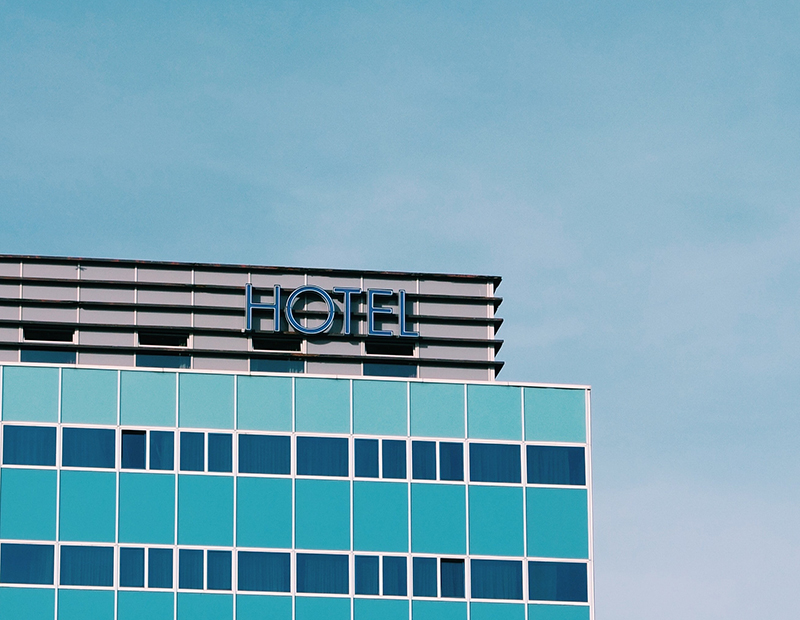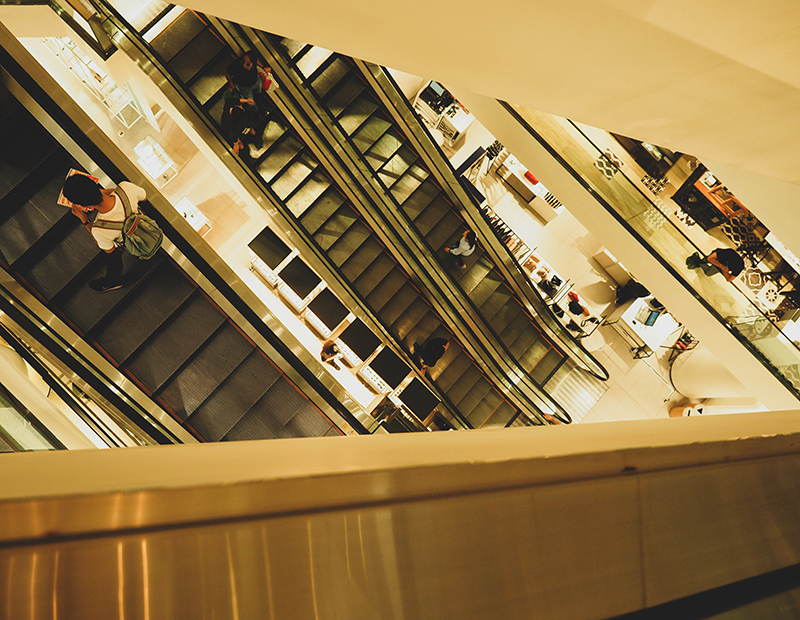Hospitality, Retail Design: ‘An Eye to Future Use Convertibility Will Be Essential’
Kevin Newman of Newman Garrison + Partners on how creative design solutions can help the sectors establish a new normal.
The struggles of the hospitality and retail sectors this year are well documented. In April, hotel occupancy dropped to almost 20 percent, Marcus & Millichap reported, while retail sales plunged more than 16 percent over March, according to the U.S. Census Bureau. Although these numbers have considerably improved over the past few months, the journey to a full recovery is going to be lengthy and demanding.
Newman Garrison + Partners, primarily focused on designing multifamily and mixed-use developments, has recently entered the hospitality and retail sectors. In the interview below, Kevin Newman, chief executive officer of Newman Garrison + Partners, talks about how creative and innovative design can help the hospitality and retail segments to recover and be less vulnerable to future economic uncertainties.
READ ALSO: Hospitality Design Trends: Before and After the Pandemic
What inspired you to expand into the hospitality and retail markets?
Newman: We have spent the past 10 years expanding our multifamily expertise into a plethora of lifestyle design and mixed-use experiences. During this time, we have come to realize that our lifestyle-minded approach to designing public, mixed-use spaces is synergistic and advantageous to the hospitality and retail markets, making our transition into those markets very natural and seamless.
While we grasp the difficulties and opportunities facing the hospitality and retail segments at this time, a transformation is occurring. We are furthering our understanding of how and why society interacts in an evolving digital, physical and communal world. The new normal is being realized and we want to utilize our design creativity and innovation to help in every way.
What were your expectations before entering the retail and hospitality sectors? How has the pandemic altered these expectations?
Newman: The traditional brick-and-mortar retail sector was facing serious challenges prior to the pandemic. Opportunities included converting portions of retail centers to mixed-use with the addition of residential, hospitality, office and other uses. We were seeing numerous empty retail boxes converting to multitenant space. While this is a continuing need in the pandemic, the retail challenge sharply increased with additional store closures.
Keeping retail centers alive takes additional creativity while dealing with many empty storefronts. We were seeing excellent ground-up hospitality opportunities prior to the pandemic. While some of these immediately went into a holding pattern in the pandemic, some are early enough in the process that the developers see the advantage in continuing to be ready for the post-pandemic world. Repositioning needs and opportunities have increased sharply since the pandemic.
What are the most important aspects to consider when designing for a pandemic-conscious world?
Newman: COVID-19 has driven home the importance of collaboration regarding the design process, which is something NG+P has prioritized for a long time. Space planning, material selections and functional adjustments are only a portion of the task at hand and require further partnership with operational teams and technological innovation to reliably improve safety while maintaining social dynamics that meet customer expectations.
In designing public spaces, we will further dissect the best solutions to allow for social distancing, without taking away the customer experience. While certain brands have worked hard to successfully meet new safety guidelines, it is just as valuable to create designs that maintain an emotional connection with the clientele.
In recent years both the retail and hospitality sectors have become increasingly experience-oriented. How is it possible to implement social distancing measures without restricting the guest experience?
Newman: There is still a focus on experience-oriented design—although, by nature, it has had to evolve. The implementation of permanent/temporary outdoor dining spaces is one example. Parking lots and sidewalks are increasingly being converted to seating areas, allowing customers to still experience a dine-in instead of take-out experience.
Following the complete shutdown of both retail and hospitality spaces, we see that the public is open to, and enjoying, the current experiential opportunities, even though they are quite different from those that we had pre-pandemic.
Tell us about one of NP+G’s noteworthy hospitality projects.
Newman: NG+P recently brought together property owners and a prominent five-star hotel operator to create a 32-acre desert resort in the heart of the Coachella Valley. The resort addresses the growing demand for sophisticated and flexible event spaces for groups, business and leisure travel guests. Featuring more than 30,000 square feet of event and meeting areas housing a 5,800-square-foot ballroom and spacious 8,600-square-foot outdoor event/activity lawn.
The project will create a holistic experience for the guests with several dining offerings including a “farm-to-table” restaurant with its own on-site farm. The hotel will offer unique suites set in a garden setting, as well as casitas. Branded “patio homes” will round out the hotel offerings.
Exclusive single-family lots will be located along the border of the property. The grounds will include multiple pools, a spa, a large recreational facility, and sweeping views to adjacent mountains. The exterior facades are expressed in a clean, contemporary and modern vocabulary. The property location also affords access to a variety of exciting regional recreation opportunities.
What are some pandemic-safe design elements you are implementing?
Newman: We are creating more outdoor spaces to be extensions of the indoor environment. Drive-through windows and convenient pick-up stalls are now worth their “weight in gold” for small restaurants. Wider sidewalks allow for a variety of retail sales and dining opportunities.
READ ALSO: The Future of Retail in a COVID-19 World
How will the pandemic alter hospitality and retail design trends in the long term?
Newman: We feel some of the changes we are seeing will continue long term. We believe there is an ongoing need for greater flexibility as a part of both retail and hospitality design. More emphasis on covered heated/cooled outdoor spaces will likely be a long-term impact. Our evidence suggests people gravitate to, and largely prefer, outdoor spaces if their comfort is maintained.
Big-box retail will continue to be challenged, so designing with an eye to future use convertibility will be essential. Not only does this impact the physical design of spaces, but different uses may require different construction types, so understanding this, can help avoid costly conversions down the road.










You must be logged in to post a comment.